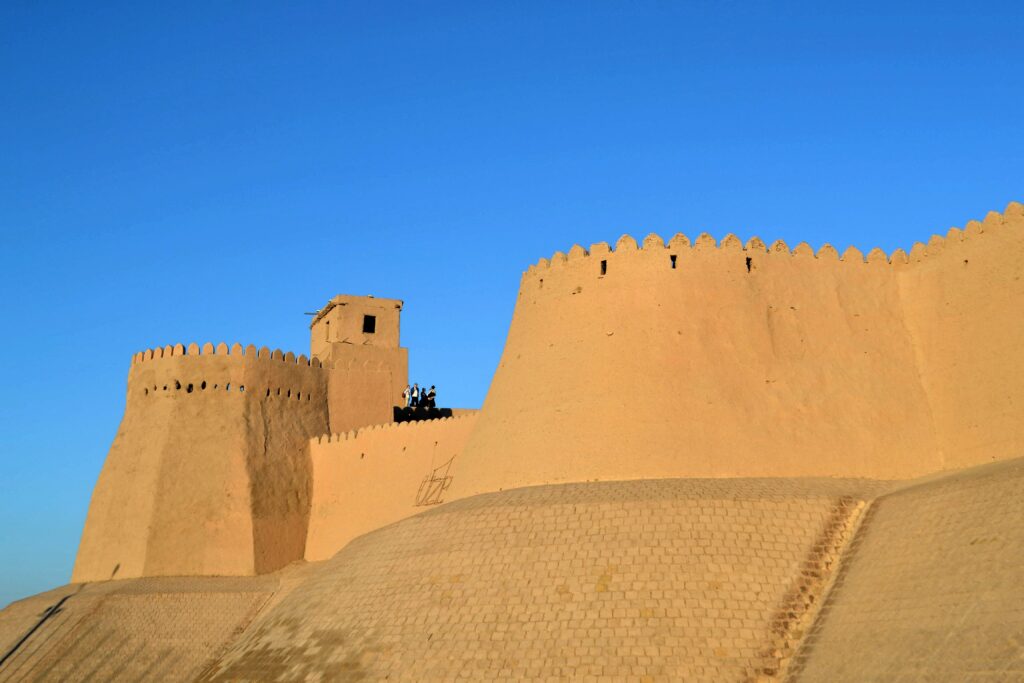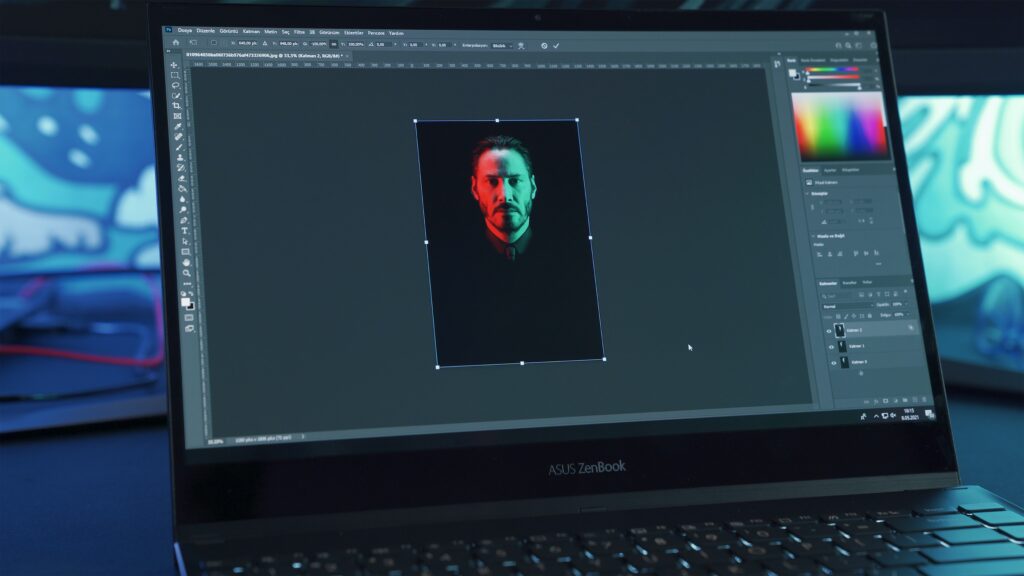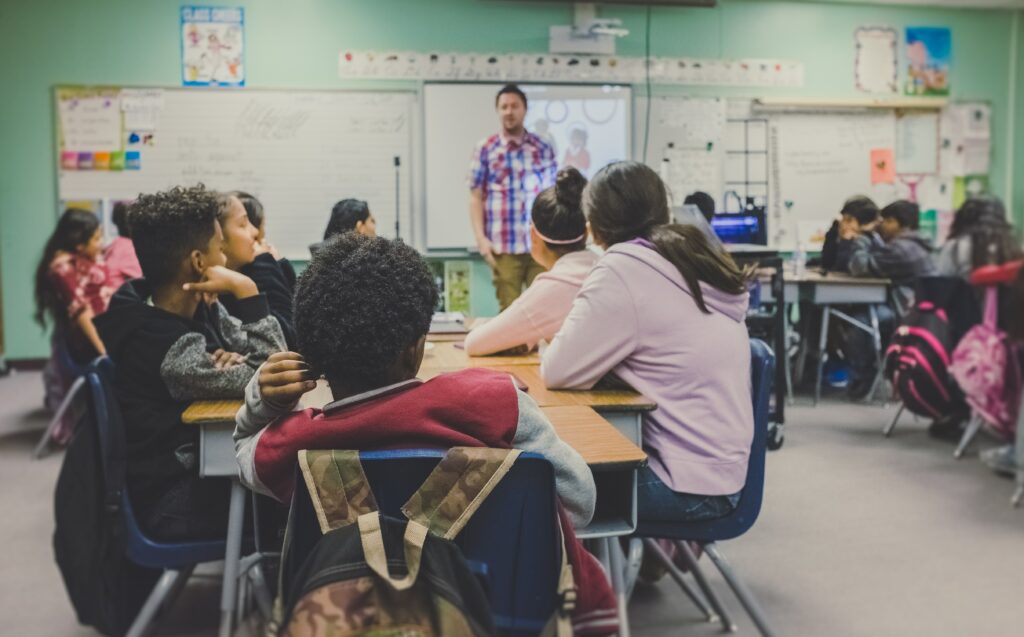Hey, hey, hey!
Welcome back for another weekly post about travelling Uzbekistan!
This week I want to talk a bit about some options to consider when looking at travelling a new destination: taking a tour through an organized company or travelling independently. Both of these have several pros and cons and can be determined depending on the complexity and logistics of a country vs experience of the traveller.
Taking a tour can be a great option for those who are not as confident in their abilities as a traveller and are looking for their trip to be done with ease. Tours will usually include stops at popular sites, which can be a good thing if you’re looking to see all the main points of attraction. They often have transportation covered, too, which can sometimes prove to be the most difficult aspect of travel. However, tours can come with a hefty price tag and typically occur with other masses of people touring the same popular points of interest. In my opinion, they offer a less authentic experience of a destination. But, and I cannot stress this enough, sometimes there is a time and place for tours. For example, a tour for the entire country of Morocco would be insufferable for me, but a few day tour to the Sahara Desert within my independent travel in the country, was totally worth it and appropriate! The logistics of driving myself into the desert and camping independently as a non-Arabic speaking foreign woman would be a nightmare.
In the case of Uzbekistan, I think I would do a combination of tours and independent travel, such as I did with Morocco. I feel confident in my travel abilities thus far and feel that I want to experience Uzbekistan in an authentic way. I would fly myself there, tour myself around the cities, and arrange my own accommodation and food, but I might consider a tour for more rural excursions, for example. Another great time for a tour can be if you’re planning on crossing multiple boarders or checkpoints, where the tour operator handles all of the logistics. In a place like Central Asia, a tour that handles all of these affairs can be extremely helpful with all of the complications that can arise from land-boarder crossing. Here is a cool tour I found that crosses “The Stans.”
Tune in next time for more!






